Sub-Saharan Africa
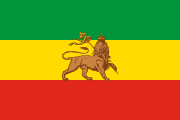
Ethiopia
royal flag 11 Often (but not always) flown by the royal house and the government.

Ethiopia
national flag 22 Flown by anyone.
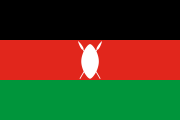
Kenya
KAU flag 33 Flag of the Kenya African Union, which sought independence from Great Britain. Direct predecessor of the modern flag of Kenya. The colony also had a rarely-used British ensign with a red lion badge.
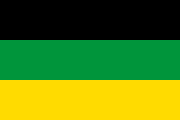
African National Congress
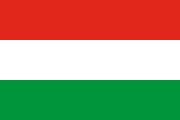
Gold Coast
CPP flag 44 Flag of the Convention People's Party, which sought independence from Great Britain. Direct predecessor of the flag of Ghana. The colony also had a rarely-used British ensign with an elephant badge.
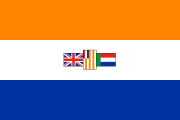
South Africa

Liberia

Congo

Eritrea

Buganda

Zanzibar
Middle East and North Africa

Turkey
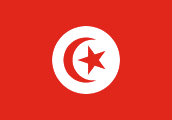
Tunisia
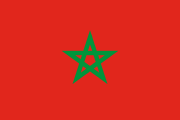
Morocco 55 Moroccan merchant ships in the French zone flew what was called the "Arab ensign", the national flag with a French tricolour added to the top-left corner.
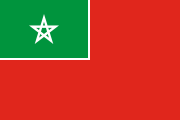
Morocco
Spanish merchant flag 66 Flown by merchant ships operating out of the Spanish zone in northern Morocco. The Moroccan national flag was flown on land.
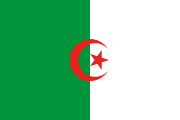
Algeria 77 Flown by nationalists and indepenence activists. The French colony in Algeria did not have an official flag.

Libya

Egypt
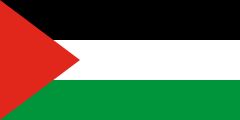
Palestine
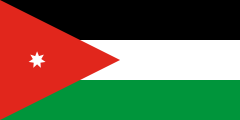
Jordan
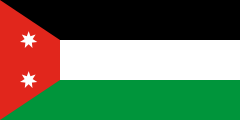
Iraq
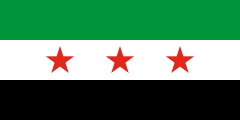
Syria

Israel
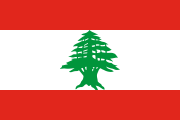
Lebanon
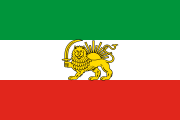
Iran
state flag 88 Flown by the government, and often by private citizens. At sea, and in certain ceremonial settings on land, the ratio was 1:3.
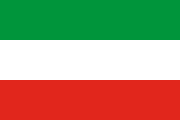
Iran
national flag 99 Allowed to be flown by anyone. At sea, the ratio was 1:3.
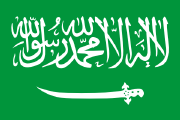
Saudi Arabia
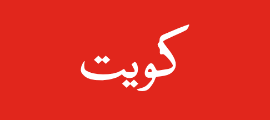
Kuwait 1010 There were many variations of this flag, depending on who was flying it and when. Some versions would have added inscriptions, decorations or royal symbols. The flag could also be triangular.

Yemen
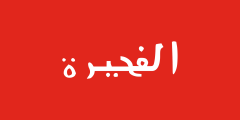
Fujairah

Muscat and Oman

Ras al-Khaimah · Sharjah
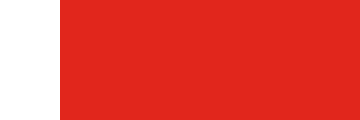
Abu Dhabi · Dubai · Ajman · Umm al-Quwain
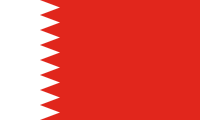
Bahrain

Qatar

Qu'aiti State

Kurdistan

Assyrians

Druze
Western Europe
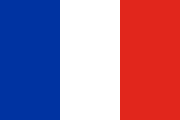
France

Italy

Ireland

Andorra
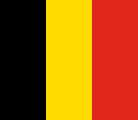
Belgium
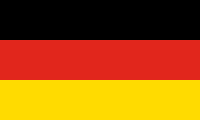
East Germany · West Germany

Netherlands

Luxembourg

Austria
national flag 1111 Flown by private citizens and municipalities.

Austria
federal service flag 1212 Flown by the federal government and the armed forces.

Spain
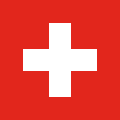
Switzerland
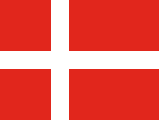
Denmark
national flag 1313 Allowed to be flown by anyone.
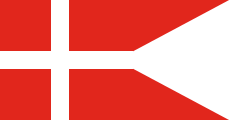
Denmark
sovereign flag 1414 Flown by the royal house, the government, and the armed forces. Also granted to a select list of private institutions and companies.

Norway
merchant flag 1515 Allowed to be flown by anyone.

Norway
state flag 1616 Flown only on state-owned buildings and naval ships.

Iceland
national flag 1717 Allowed to be flown by anyone.

Iceland
state flag 1818 Flown on government buildings and coast guard ships.
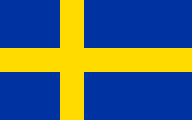
Sweden 1919 Flown for all purposes. A three-tailed version of the national flag is flown by the military.

Finland
national flag 2020 Allowed to be flown by anyone.
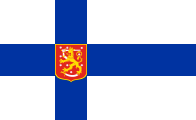
Finland
state flag 2121 Flown by the government, border guard, and public universities. The armed forces fly a version with a swallowtail cut.

Faroe Islands
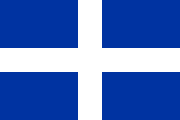
Greece
land flag 2222 Flown on land within Greece. The military flag had a crown in the centre of the cross.
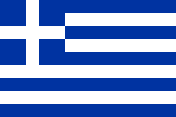
Greece
sea flag 2323 Flown at sea and abroad. The naval ensign had a crown in the centre of the cross.
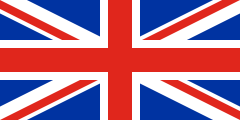
United Kingdom
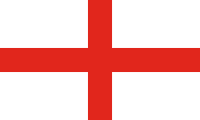
England · Guernsey

Scotland

Jersey

San Marino

Liechtenstein
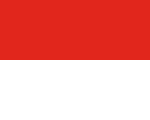
Monaco
national flag 2424 Allowed to be flown by anyone.

Monaco
princely flag 2525 Flown over the Prince's Palace and government buildings.

Vatican City
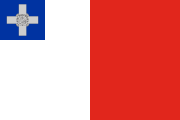
Malta
traditional flag 2626 Flown unofficially, mostly by civilian ships. Plain flags without the George Cross were also common. The colonial government had a blue ensign with the Maltese coat of arms on it.

Portugal
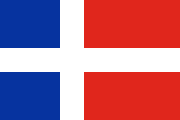
Saarland

Basque Country
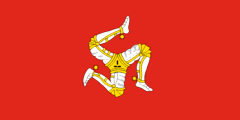
Isle of Man
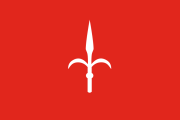
Trieste

Catalonia
senyera 2727 The traditional Catalan flag.
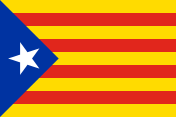
Catalonia
estelada 2828 The flag preferred by supporters of Catalan independence.

Brittany
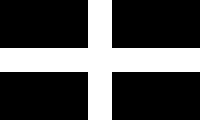
Cornwall
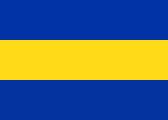
Åland

Galicia
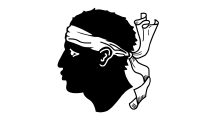
Corsica
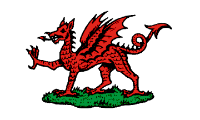
Wales
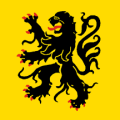
Flanders

Wallonia
Eastern Europe

Soviet Union

Albania
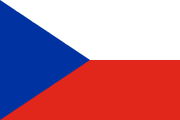
Czechoslovakia

Poland

Yugoslavia
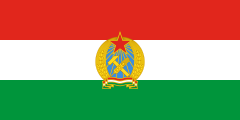
Hungary
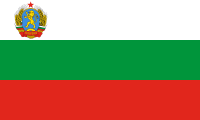
Bulgaria

Estonia 2929 Flown by the diplomatic service in exile and the Estonian disaspora. Flying the national flag was banned under the Soviet occupation.

Lithuania 3030 Flown by the diplomatic service in exile and the Lithuanian disaspora. Flying the national flag was banned under the Soviet occupation.

Latvia 3131 Flown by the diplomatic service in exile and the Latvian disaspora. Flying the national flag was banned under the Soviet occupation.

Romania
South Asia and the Indian Ocean

India
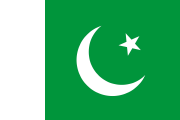
Pakistan
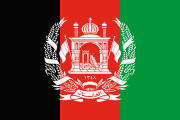
Afghanistan

Nepal
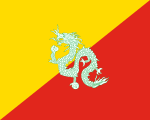
Bhutan 3333 There was apparently only a single physical version of this flag ever made.

Sikkim
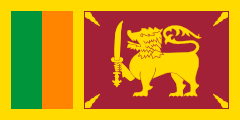
Ceylon
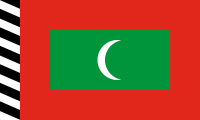
Maldive Islands

Jammu and Kashmir 3434 Flown in the Indian-controlled parts of the disputed region of Kashmir.

Azad Kashmir 3535 Flown in the Pakistan-controlled parts of the disputed region of Kashmir.
East, Central and Southeast Asia
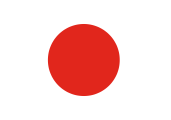
Japan

South Korea

North Korea
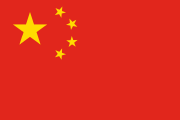
China
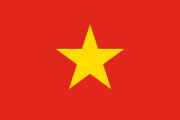
Democratic Republic of Vietnam
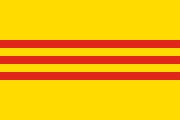
State of Vietnam
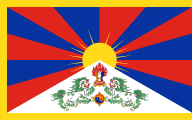
Tibet
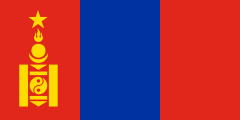
Mongolia
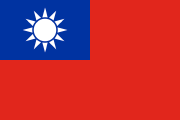
Taiwan 3636 The flag of the Republic of China, the government of Taiwan. Banned on the mainland, as the People's Republic of China claimed sovereignty over the island. Regarded as the flag of China at the United Nations.
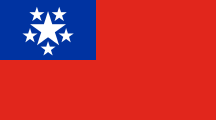
Burma

Laos
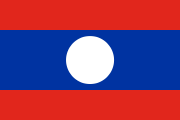
Laos
Pathet Lao flag 3737 Flown by the communist Pathet Lao government-in-exile in Hanoi.
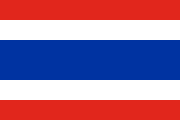
Thailand
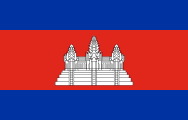
Cambodia
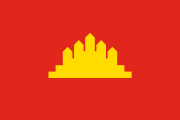
Cambodia
Khmer Issarak flag 3838 Flown by the United Issarak Front, a communist resistance movement which claimed to be the independent government of Cambodia.

Philippines

Malaya
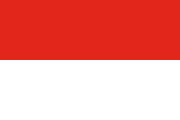
Indonesia

Brunei

Sarawak 3939 Sarawak also had a blue colonial ensign.
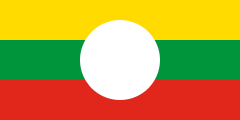
Shan

Karen 4040 Flown by Karen nationalists seeking independence and separation from Burma.

East Turkestan 4141 The national flag of the Uyghur people, banned within the People's Republic of China. Xinjiang Province did not have an official flag.
Oceania

Australia
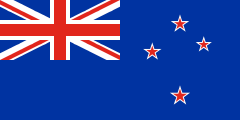
New Zealand

Hawaiʻi

Western Samoa
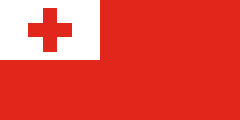
Tonga

Wallis and Futuna
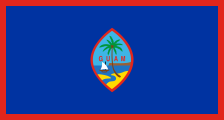
Guam
North America and the Caribbean
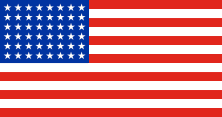
United States
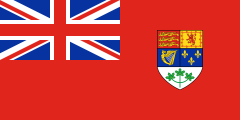
Canada 4242 Not legally the national flag, but allowed to be flown wherever a "distinctive Canadian flag" was needed.

Québec
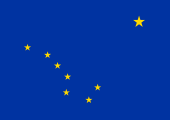
Alaska
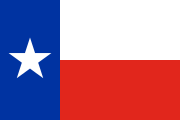
Texas

Acadia
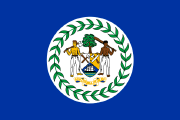
Belize
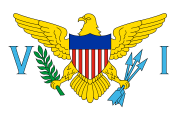
Virgin Islands (U.S.)
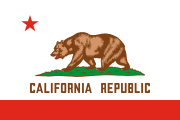
California
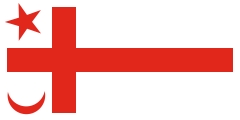
Mi’kmaq

Métis
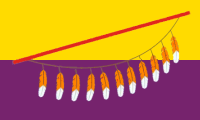
Papago
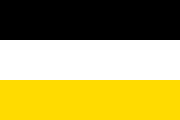
Garifuna
Latin America
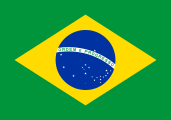
Brazil

Mexico

Peru
national ensign 4343 Flown by the government, the navy, the national police, and national sports teams. Raised at major ceremonies. The army uses a similar flag with a different coat of arms.
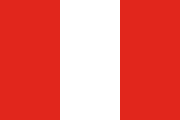
Peru
national flag 4444 Allowed to be flown by anyone.

Guatemala

Argentina

Honduras
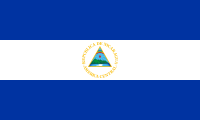
Nicaragua

El Salvador
national flag 4545 The most common flag, flown over most government buildings, at ceremonies, by diplomatic missions and often by public citizens.

El Salvador
inscribed flag 4646 An alternative government flag, most commonly flown by the armed forces but also on some public buildings and offices.
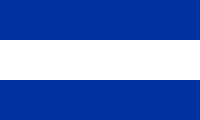
El Salvador
plain flag 4747 The simplest version of the national flag, flown by some private citizens.

Paraguay
front side

Paraguay
back side

Costa Rica
national flag 4848 The most common Costa Rican flag. Officially designated for private citizens, but in practice often used on government buildings and schools too.

Costa Rica
national ensign 4949 Flown by the government and by diplomatic missions, although also used sometimes by private citizens.

Puerto Rico
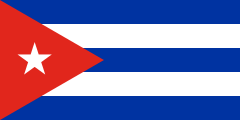
Cuba

Uruguay
national flag 5050 Allowed to be flown by anyone.

Uruguay
flag of Artigas 5151 A traditional military emblem, ceremonially flown alongside the national flag at government buildings.

Uruguay
flag of the Treinta y Tres 5252 A historic flag, ceremonially flown alongside the national flag at government buildings.

Haiti

Dominican Republic
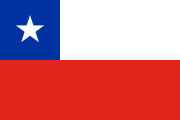
Chile
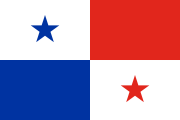
Panama

Venezuela
national ensign 5353 Flown by the government and armed forces, and unofficially used by many private citizens.
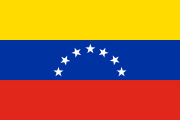
Venezuela
national flag 5454 Allowed to be flown by anyone.

Colombia

Ecuador

Bolivia
state flag 5555 Flown by the governmnent. The armed forces flew a similar flag with olive and laurel branches around the coat of arms.
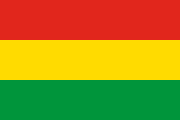
Bolivia
national flag 5656 Allowed to be flown by anyone.
Other International and Cultural Flags

United Nations

Buddhist Flag
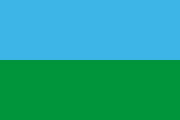
Romani

Pan-African Flag

Esperanto

Red Cross

Red Crescent
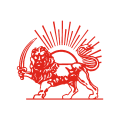
Red Lion and Sun
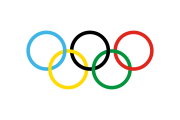
Olympic Games
Events of 1952
EGYPT • King Farouk I was forced to abdicate after a revolution instigated by the Free Officers Movement. One of the main revolutionary symbols was the Arab Liberation Flag: a tricolour of red white and black. The flag, which was officially adopted Egypt some years later, became a symbol of post-War Arab unity and served as the model for the current flags of Syria, Iraq, Yemen, and Sudan.
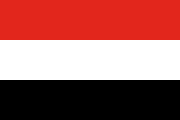
ERITREA • Eritrea became a self-governing state federated with Ethiopia.

KASHMIR • The Indian-administered part of Jammu and Kashmir adopted an official state flag. The three vertical bars added to the flag represented the regions of Jammu, Kashmir, and Ladakh.



PUERTO RICO • The Puerto Rican flag was officially readopted when the territory gained Commonwealth status on July 25.

ROMANIA • A red star was added ot the national emblem on July 24.
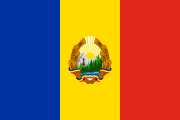


TRUCIAL STATES • The United Kingdom officially recognized the emirate of Fujairah, which had declared independence from Sharjah in 1902, as a separate state. Fujairah had up to this point flown the plain red flag of neighbouring Muscat, but it added its name in white to distinguish itself from other states in the region. The incorporation of Kalba into Sharjah (following the assassination of the former Sheikh of Kalba in 1951) was recognized at the same time.




URUGUAY • Uruguay adopted two ceremonial co-national flags on February 18. The first was the "Flag of Artigas" originally flown by the Liga Federal under José Gervasio Artigas from 1815–1820. The second was the "Flag of the Treinta y Tres", originally flown in 1825 by the Thirty-Three Orientals that fought for the independence of Uruguay from Brazil. The two flags were to be flown alongside the national flag on all government buildings.


Notes
1 Often (but not always) flown by the royal house and the government. ↩
2 Flown by anyone. ↩
3 Flag of the Kenya African Union, which sought independence from Great Britain. Direct predecessor of the modern flag of Kenya. The colony also had a rarely-used British ensign with a red lion badge. ↩
4 Flag of the Convention People's Party, which sought independence from Great Britain. Direct predecessor of the flag of Ghana. The colony also had a rarely-used British ensign with an elephant badge. ↩
5 Moroccan merchant ships in the French zone flew what was called the "Arab ensign", the national flag with a French tricolour added to the top-left corner. ↩
6 Flown by merchant ships operating out of the Spanish zone in northern Morocco. The Moroccan national flag was flown on land. ↩
7 Flown by nationalists and indepenence activists. The French colony in Algeria did not have an official flag. ↩
8 Flown by the government, and often by private citizens. At sea, and in certain ceremonial settings on land, the ratio was 1:3. ↩
9 Allowed to be flown by anyone. At sea, the ratio was 1:3. ↩
10 There were many variations of this flag, depending on who was flying it and when. Some versions would have added inscriptions, decorations or royal symbols. The flag could also be triangular. ↩
11 Flown by private citizens and municipalities. ↩
12 Flown by the federal government and the armed forces. ↩
13 Allowed to be flown by anyone. ↩
14 Flown by the royal house, the government, and the armed forces. Also granted to a select list of private institutions and companies. ↩
15 Allowed to be flown by anyone. ↩
16 Flown only on state-owned buildings and naval ships. ↩
17 Allowed to be flown by anyone. ↩
18 Flown on government buildings and coast guard ships. ↩
19 Flown for all purposes. A three-tailed version of the national flag is flown by the military. ↩
20 Allowed to be flown by anyone. ↩
21 Flown by the government, border guard, and public universities. The armed forces fly a version with a swallowtail cut. ↩
22 Flown on land within Greece. The military flag had a crown in the centre of the cross. ↩
23 Flown at sea and abroad. The naval ensign had a crown in the centre of the cross. ↩
24 Allowed to be flown by anyone. ↩
25 Flown over the Prince's Palace and government buildings. ↩
26 Flown unofficially, mostly by civilian ships. Plain flags without the George Cross were also common. The colonial government had a blue ensign with the Maltese coat of arms on it. ↩
27 The traditional Catalan flag. ↩
28 The flag preferred by supporters of Catalan independence. ↩
29 Flown by the diplomatic service in exile and the Estonian disaspora. Flying the national flag was banned under the Soviet occupation. ↩
30 Flown by the diplomatic service in exile and the Lithuanian disaspora. Flying the national flag was banned under the Soviet occupation. ↩
31 Flown by the diplomatic service in exile and the Latvian disaspora. Flying the national flag was banned under the Soviet occupation. ↩
32 Banned within the People's Republic of China. The "Tibet Area" did not have an official flag. ↩
33 There was apparently only a single physical version of this flag ever made. ↩
34 Flown in the Indian-controlled parts of the disputed region of Kashmir. ↩
35 Flown in the Pakistan-controlled parts of the disputed region of Kashmir. ↩
36 The flag of the Republic of China, the government of Taiwan. Banned on the mainland, as the People's Republic of China claimed sovereignty over the island. Regarded as the flag of China at the United Nations. ↩
37 Flown by the communist Pathet Lao government-in-exile in Hanoi. ↩
38 Flown by the United Issarak Front, a communist resistance movement which claimed to be the independent government of Cambodia. ↩
39 Sarawak also had a blue colonial ensign. ↩
40 Flown by Karen nationalists seeking independence and separation from Burma. ↩
41 The national flag of the Uyghur people, banned within the People's Republic of China. Xinjiang Province did not have an official flag. ↩
42 Not legally the national flag, but allowed to be flown wherever a "distinctive Canadian flag" was needed. ↩
43 Flown by the government, the navy, the national police, and national sports teams. Raised at major ceremonies. The army uses a similar flag with a different coat of arms. ↩
44 Allowed to be flown by anyone. ↩
45 The most common flag, flown over most government buildings, at ceremonies, by diplomatic missions and often by public citizens. ↩
46 An alternative government flag, most commonly flown by the armed forces but also on some public buildings and offices. ↩
47 The simplest version of the national flag, flown by some private citizens. ↩
48 The most common Costa Rican flag. Officially designated for private citizens, but in practice often used on government buildings and schools too. ↩
49 Flown by the government and by diplomatic missions, although also used sometimes by private citizens. ↩
50 Allowed to be flown by anyone. ↩
51 A traditional military emblem, ceremonially flown alongside the national flag at government buildings. ↩
52 A historic flag, ceremonially flown alongside the national flag at government buildings. ↩
53 Flown by the government and armed forces, and unofficially used by many private citizens. ↩
54 Allowed to be flown by anyone. ↩
55 Flown by the governmnent. The armed forces flew a similar flag with olive and laurel branches around the coat of arms. ↩
56 Allowed to be flown by anyone. ↩